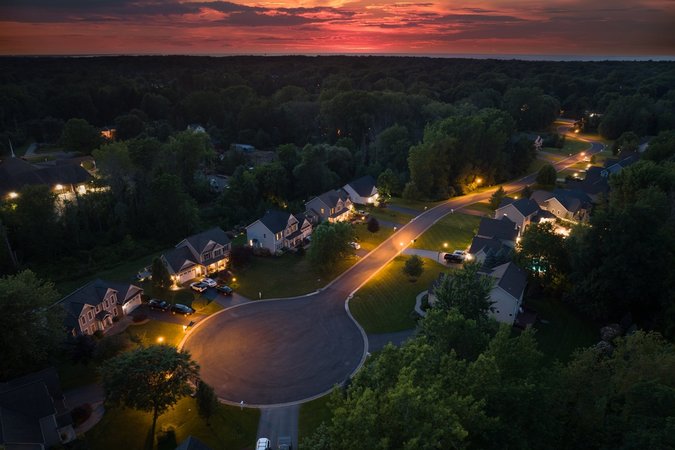Most Renewable Projects Overcome Lawsuits and Move Through Federal Review Faster on Average than Other Infrastructure Projects
New RFF papers find that solar, wind, and geothermal projects have historically seen shorter review times on average than other infrastructure projects, although other process steps may be just as time-consuming.
💡 What’s the story?
The National Environmental Policy Act (NEPA) requires federal agencies to assess ecosystem and natural resource effects before starting projects that could affect the environment. These reviews can take years and have been a focal point of federal efforts to cut red tape and quickly build more clean energy projects.
However, new papers from Resources for the Future (RFF) find that solar, wind, and geothermal projects have historically seen shorter review times on average than other infrastructure projects, although other process steps may be just as time-consuming. In addition, these projects and the agencies that approve them usually win court challenges seeking to overturn the agency decisions.
Despite overall lower-than-average time spent in formal NEPA review, some projects have faced years of delay and uncertainty. Of these projects, some have prevailed over a variety of challenges, but nine projects out of 51 that went through NEPA’s Environmental Impact Statement review were eventually terminated.
📈 What do the data show?
- On average, solar and wind projects respectively take 26 and 43 months to get through NEPA’s Environmental Impact Statement review process. The average across all project types is 54 months. The majority of wind, solar, and geothermal projects took more than five years to become fully operational.
- Nearly a third of solar projects and half of wind projects that completed Environmental Impact Statements faced lawsuits. Federal agencies won a majority of these lawsuits.
- Wind and solar projects that faced lawsuits took about the same amount of time to reach operational status as projects that did not face court challenges.
- Ten percent of the solar capacity installed over the study period went through NEPA, as did 3.7 percent of wind capacity. Geothermal developed on federal lands over this period represented a minimal contribution to nationwide geothermal megawatts.
Expert Perspective
“Changes to NEPA’s environmental review process could speed up project development timelines. But so too would efforts to address some of the other factors delaying projects after the completion of the NEPA process. While environmental reviews and lawsuits are not insurmountable obstacles, policy proposals to revamp permitting processes in the United States may consider the variety of factors contributing to delays in renewable projects.”
—Emily Joiner, RFF Research Associate
☀️ How do we know?
The research team gathered information on nearly all solar, geothermal, and wind energy projects that went through NEPA environmental reviews between 2010 and 2023. Using a variety of search tools, they tracked 92 projects (51 solar projects, 25 onshore wind farms, and 16 geothermal plants) from the beginning of the review process.
The team noted that the US government lacks a centralized database with information about application status or reviews—the data they used for this analysis was drawn only in part from federal agencies, then supplemented by several databases and sources like local news stories.
Expert Perspective
“NEPA is supposed to make sure that federal decisions consider the environmental effects of a project before making major decisions. This is an important task and should not be taken lightly, so it makes sense that it does take time to complete reviews. The record suggests that, to date, agencies have satisfied this objective for a majority of solar and wind projects within 2 years.”
—Arthur Fraas, RFF Visiting Fellow
📚 Where can I learn more?
Read the papers, How Long Does It Take? National Environmental Policy Act Timelines and Outcomes for Clean Energy Projects and Taking Green Energy Projects to Court: NEPA Review and Court Challenges to Renewable Energy, by Arthur Fraas, Emily Joiner, Brielle Lee, and Krystal Liu.

Note: This press release was updated on October 2 to reflect amended findings about project timelines.
Resources for the Future (RFF) is an independent, nonprofit research institution in Washington, DC. Its mission is to improve environmental, energy, and natural resource decisions through impartial economic research and policy engagement. RFF is committed to being the most widely trusted source of research insights and policy solutions leading to a healthy environment and a thriving economy.
Unless otherwise stated, the views expressed here are those of the individual authors and may differ from those of other RFF experts, its officers, or its directors. RFF does not take positions on specific legislative proposals.
For more information, please see our media resources page or contact Media Relations and Communications Manager Annie Tastet.





